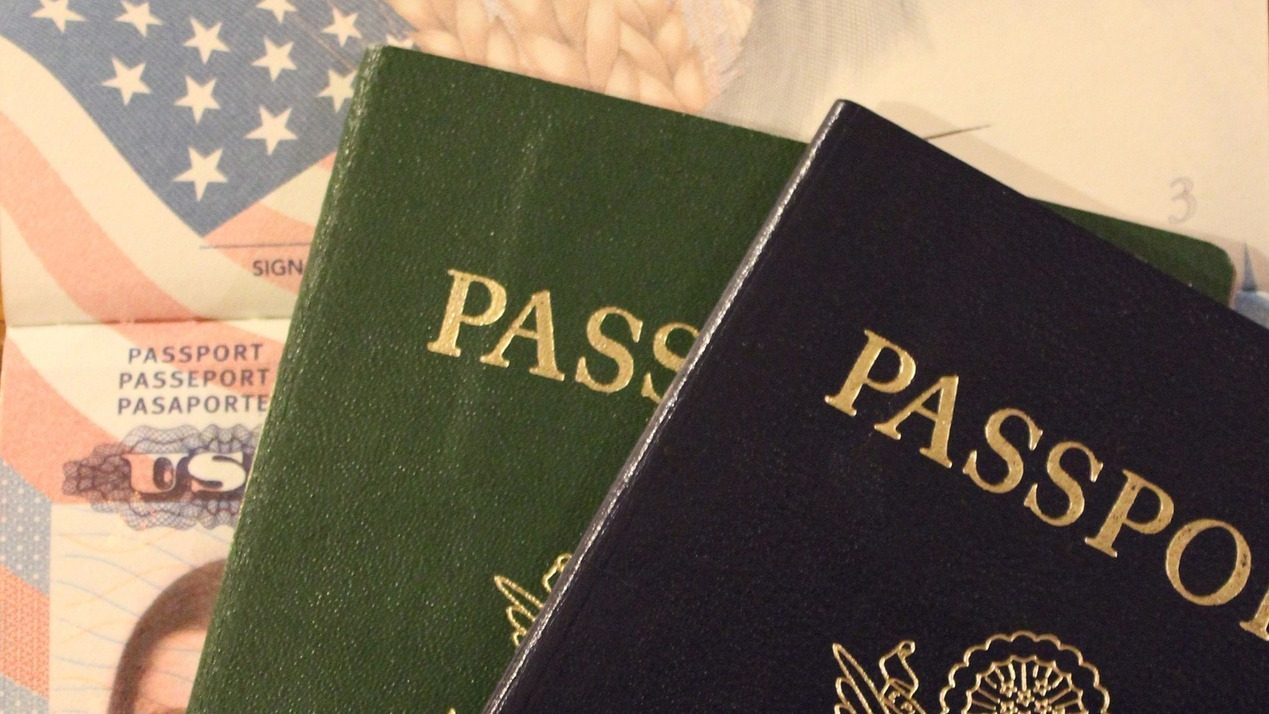
Passing the Part 107 exam on the first try can seem like a daunting task.
I know, because that is my story.
Hi, I’m Mario – the Director of Product Marketing at EagleView. As a product marketer, I never would have thought that I'd be asked to obtain an official license from the FAA to operate a commercial aircraft, but here we are.
Our company, which helps hundreds of thousands of roofing contractors across the country save time and money by eliminating labor hours, developed groundbreaking technology which allows our customers to order our drones and use them in their everyday operations.
Instead of climbing on the roof to perform assessments, they can now use our simple-to-fly EagleView Assess™ drone technology to capture detailed, high-resolution images of the entire structure, with options to generate automated damage reports and measurements for fast and accurate repair estimates.
So what does this have to do with me passing the Part 107 exam?
In order to properly market the technology, I knew I needed to be hands-on and fly the drone myself to understand the needs of our customers.
And that’s when panic set in.
How would I be able to pass this exam when I knew nothing about aviation?
How many hours of study would I have to put in?
What if I fail and have to take the test multiple times?
These were all questions running through my mind as I tried to maintain composure knowing that I really had no choice in the matter: I simply needed to pass.
I then ran across this statistic, and I felt like a weight had lifted off of my shoulders: 92% of all people who take this exam pass.
Ninety-two percent? I felt a sigh of relief reading these words and knew that If I developed the right preparation strategy, I would probably pass.
Fast forward a few weeks, I did pass, and on the first try.
I used certain testing and preparation methodologies that we now recommend to our EagleView customers.
Take it from me – from someone who knew nothing about FAA regulations, here are the top 5 steps I recommend for passing the exam on the first try.

Step 1: Take a practice exam before getting started.
It may seem counterintuitive to take an exam before you’ve had a proper chance to study, but hear us out – you may know more than you think you know. We recommend taking a practice test as the first step in passing your exam, so that you can measure your baseline of knowledge. Doing this allows you to focus your studies on the questions that you have missed, and allows you to pay special attention to questions that are currently outside of your knowledge base.
There are a few different sites online that have practice exams, with some even delivering a report that shows exactly which questions you’ve missed so that you can be crystal clear what needs special attention when you begin to study.
The following are the main areas tested in the Part 107 exam:
- Applicable regulations relating to small unmanned aircraft system rating privileges, limitations, and flight operation
- Airspace classification and operating requirements, and flight restrictions affecting small unmanned aircraft operation
- Aviation weather sources and effects of weather on small unmanned aircraft performance
- Small unmanned aircraft loading and performance
- Emergency procedures
- Crew resource management
- Radio communication procedures
- Determining the performance of small unmanned aircraft
- Physiological effects of drugs and alcohol
- Aeronautical decision-making and judgment
- Airport operations
- Maintenance and preflight inspection procedures
- Operation at night

Step #2: Choose the right study method for you
The average time it takes a newbie to study for the exam and pass ranges from 15 hours to 20 hours or more. This is a significant time investment and you want to make sure you are choosing the right method of study for yourself. There are plenty of paid and free online resources that can help you study to pass the exam, including the below.
Paid Courses:
There are many paid courses online that go in depth into the exam and are created for different learning styles. The benefit of purchasing a paid course is that they not only cover the questions on the exam, but they give you a little history on the topics, which helps you retain the information. Some paid courses even guarantee you will pass your exam on the first try, or they give you your money back.
Free online videos and tutorials:
Using free online videos is an easy way to get started in helping you understand how to pass the exam without a hefty fee. Some online videos have a full list of practice questions from the exam. These are worth paying attention to, as they answer each question out loud, and call out some potential blind spots.
Knowledge test suggested study materials provided by the FAA:
It’s always a good idea to review the materials provided by the testing authority itself. These materials are mostly in written form, so it might not be the best for auditory learners, but you can be confident that it will have everything you need.
Once you’ve decided which form of study works best for you, mark a placeholder testing date in your calendar, and block out appropriate study time in your calendar based on this deadline. Making a deadline for yourself will help you prioritize study time, making it much easier to concentrate, and pass on your first try.

Step #3: Understand the test structure and prioritize critical areas of study
Now that you’ve chosen your method of study, make a study priority list which should include questions you missed on your first practice exam as well as topics that make up a bulk of the actual exam. We at EagleView recommend paying special attention to Area I,II, and V from the ACS since both of those areas will make up the majority of the test.
A little less than half of the test questions have historically been about aircraft operations; including the specific restrictions listed under the Part 107 rules, airspace classifications and reading sectional charts.
Also significant are the topics surrounding weather, interpreting METAR and TAF reports and how weather affects aircraft operations, radio communication standards and aircraft maintenance.
We have heard that the most challenging portion of the exam for most people can be reading the airspace charts. Pay close attention to studying these, as they cover a considerable amount of the questions on the test.
Once you’ve prioritized these areas, don’t forget to brush up on the questions you already know well.

Step #4: Once you feel prepared, take the practice exam again
You’re almost there. We recommend taking the practice exam again now that you’re prepared. Remember that the test has 60 questions and you’re required to answer 70% (or 42 questions) correctly in order to pass.
We recommend taking the test multiple times until you achieve a score of 85% or higher twice in a row. Once you’ve reached this state of confidence, it’s time to schedule your exam!

Step #5: Schedule your exam & bring the required documentation
There are over 700 FAA-Approved testing sites in the United States and we recommend using this site to locate the testing facility closest to you.
Before registering for the exam, create an Integrated Airman Certification and Rating Application (IACRA) profile, and be sure to review the list of documents you will need to take with you on the day of testing.
Make sure you schedule the test on a day where you will not feel rushed, and you would have gotten plenty of sleep the night before. Never underestimate the power of a fresh & calm mind.
When taking the exam we recommend bookmarking any questions that you are unsure of and want to revisit before hitting submit. Doing this will allow you to move through the other questions quicker without delay.
After passing the exam, you will login to the FAA Integrated Airman Certificate and/or Rating Application system (IACRA)* and complete the FAA form 8710-13.
You are now on your way to receiving your certificate in the mail. Congratulations!
If you have any questions about how to pass your Part 107 exam in order to fly EagleView’s commercially operated Assess drones to perform roof inspections, please contact us and we’d be happy to answer any questions you may have.